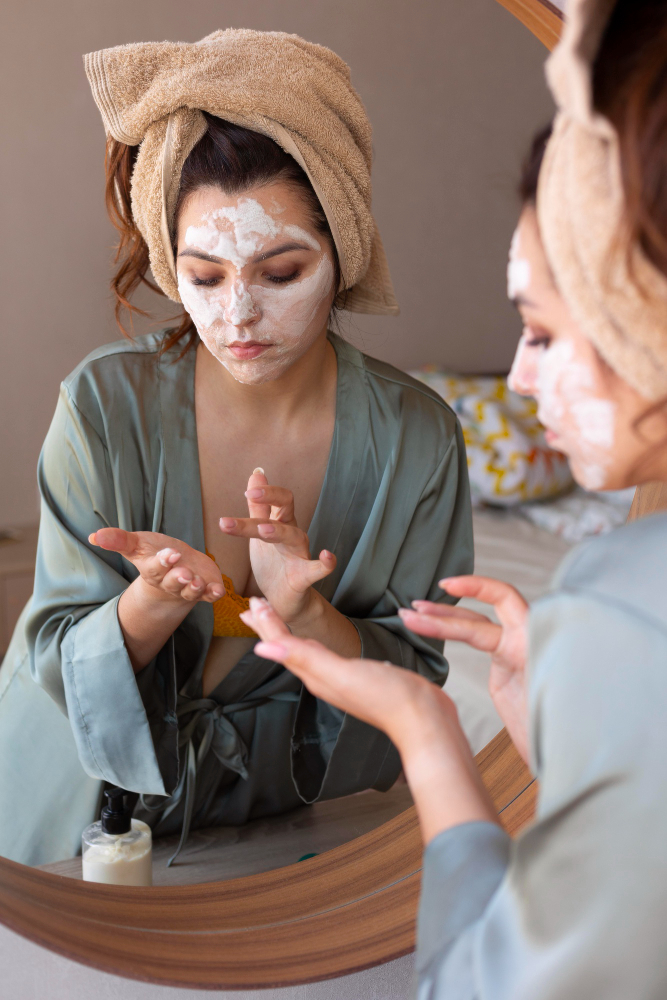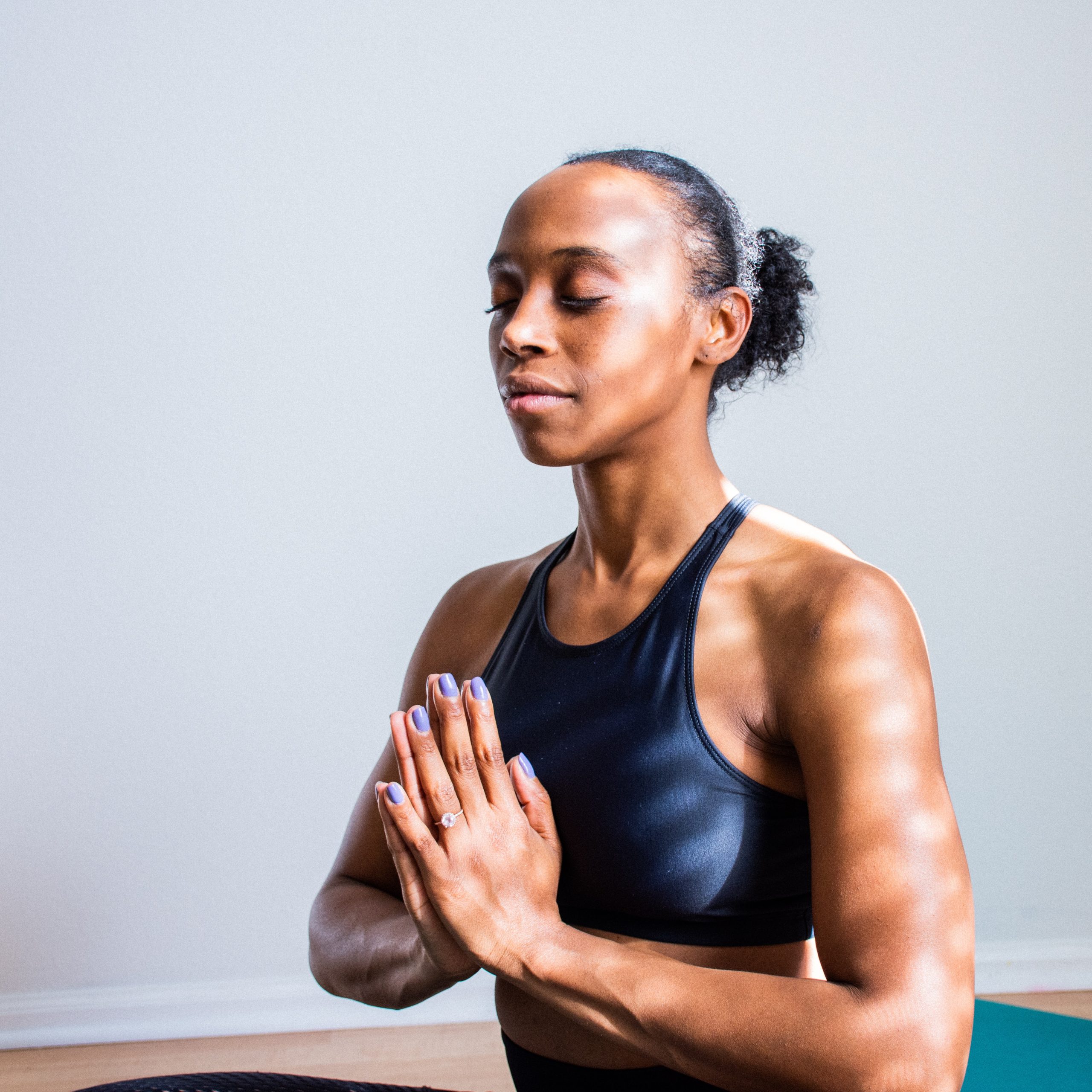Introduction:
Technology has become an integral part of our lives, offering numerous benefits and conveniences. However, it has also brought about some unintended consequences, particularly in the realm of body image. This article explores the connection between technology and body image concerns, shedding light on the influence of digital media, social platforms, and the role of technology in shaping our perception of beauty.
The Impact of Digital Media:
The advent of digital media, including magazines, websites, and online advertisements, has significantly influenced societal beauty standards. The portrayal of idealized and airbrushed images in these media outlets has created unrealistic expectations for physical appearance. Constant exposure to these digitally enhanced images can lead individuals to develop negative body image perceptions and an unhealthy desire to attain an unattainable level of perfection.
The Rise of Social Media:
Social media platforms have revolutionized the way we connect and share information, but they have also played a significant role in shaping our body image perceptions. The curated and filtered nature of social media posts often presents an idealized version of oneself and promotes comparison culture. The pressure to conform to these carefully constructed online identities can lead to feelings of inadequacy, self-doubt, and body dissatisfaction.
The Influence of Digital Platforms:
Beyond social media, various digital platforms such as video-sharing sites, photo-editing apps, and virtual reality experiences have further intensified body image concerns. Photo-editing tools allow users to manipulate their appearance, creating a distorted sense of reality. Additionally, virtual reality experiences can perpetuate unrealistic beauty standards by offering users the opportunity to embody idealized avatars.
The Role of Advertising and Marketing:
Advertising and marketing in the digital age have also contributed to body image concerns. Targeted ads often promote products and services related to beauty, weight loss, and body enhancement, reinforcing societal pressures to achieve certain physical ideals. The constant bombardment of these messages can significantly impact individuals’ self-perception and fuel body dissatisfaction.
The Need for Digital Literacy and Awareness:
To mitigate the negative impact of technology on body image, fostering digital literacy and awareness is crucial. Educating individuals about media literacy, critical thinking, and the manipulation of digital images can help them navigate the digital landscape more effectively. Encouraging healthy media consumption habits, promoting body positivity, and fostering self-acceptance can empower individuals to resist societal pressures and cultivate a positive body image.
Conclusion:
Technology and digital media have undeniably influenced body image concerns in today’s society. The perpetuation of unrealistic beauty standards, comparison culture on social media, the manipulation of digital images, and targeted advertising all contribute to these concerns. By promoting digital literacy, encouraging healthy media habits, and fostering self-acceptance, we can navigate the digital landscape more mindfully and develop a healthier relationship with our bodies. It is essential to recognize the impact of technology on body image and work towards creating a more inclusive and body-positive digital environment.










